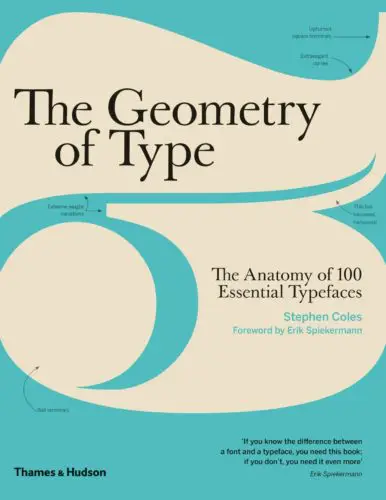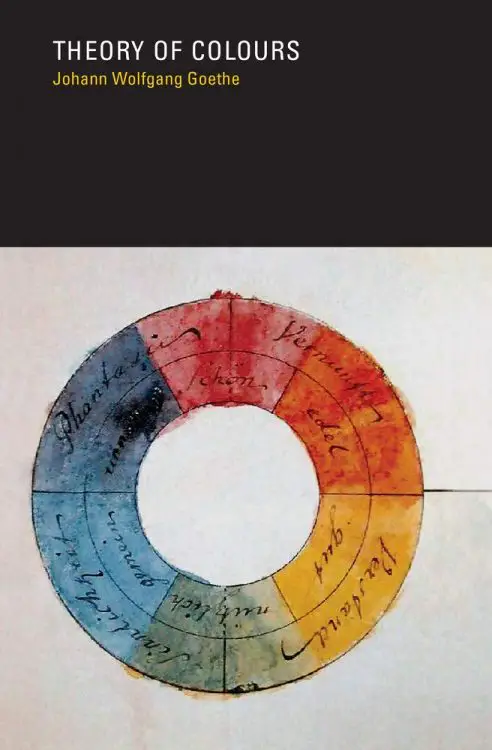In the world of architecture, few names are as revered as Louis Kahn—his ethos and philosophy have shaped modern architectural thought in profound ways. It is this luminary figure that Michael Merrill seeks to explore in his meticulously curated volume, Louis Kahn: The Importance of a Drawing. Through Merrill’s discerning eye, readers are offered an unprecedented exploration into Kahn’s process and philosophies as articulated through the medium most vital to his work: drawing.
Kahn’s assertion that drawings serve as the “architect’s language” forms the foundation of Merrill’s investigation. This notion is neither trivialized nor understated in the book; instead, Merrill elevates the idea, reinforcing just how integral these sketches, blueprints, and doodles were to Kahn’s practice. Far more than mere precursors to physical structures, these drawings are presented as the embodiments of Kahn’s architectural deliberations—his silent yet profoundly articulate speakers.
The strength of Merrill’s work lies not only in its visual opulence, with over 900 high-quality reproductions gracing its pages, but also in the depth of its scholarly research. Based on unprecedented archival research, Merrill’s narrative transcends a mere collection of images. Each chapter, each section, is a close reading that peels back layers of Kahn’s thoughts, allowing us to witness the architect’s mind at work.
What is particularly striking about this book is the lens through which Kahn’s legacy is viewed. By focusing on the drawings, Merrill invites readers to appreciate the unfiltered moments of creativity that precede the physical manifestation of ideas. These drawings, with all their nuances, become a testament to Kahn’s complex creative imagination, offering insights into the architect’s internal dialogue, his moments of uncertainty, and his bursts of visionary clarity.
For students and lovers of architecture, Louis Kahn: The Importance of a Drawing serves as both a visual feast and a scholarly treasure trove. Its pages challenge the reader to consider the drawing not as a mere step in the architectural process but as a pivotal space of invention and reflection. Merrill does not simply catalog Kahn’s drawings; he enlivens them, imbuing them with the weight and significance they held for Kahn himself.
Yet, the accessibility of Merrill’s prose ensures that the book’s appeal is not confined to the academically inclined. Anyone with an appreciation for art, design, or the complexities of creative thought will find value in this in-depth study. It demystifies the architectural genius of Louis Kahn while simultaneously elevating the humble drawing to its rightful place as a primary source of understanding and inspiration.
In conclusion, Louis Kahn: The Importance of a Drawing is more than a book; it’s an immersive experience into the mind of one of architecture’s greatest figures. Edited with both precision and passion by Michael Merrill, it stands as a monumental tribute to Kahn’s belief in the drawing as the architect’s most honest form of expression. This book is not just an essential addition to the libraries of architects and students—it belongs on the shelves of anyone who believes in the power of drawing to reveal the depths of human creativity.
















